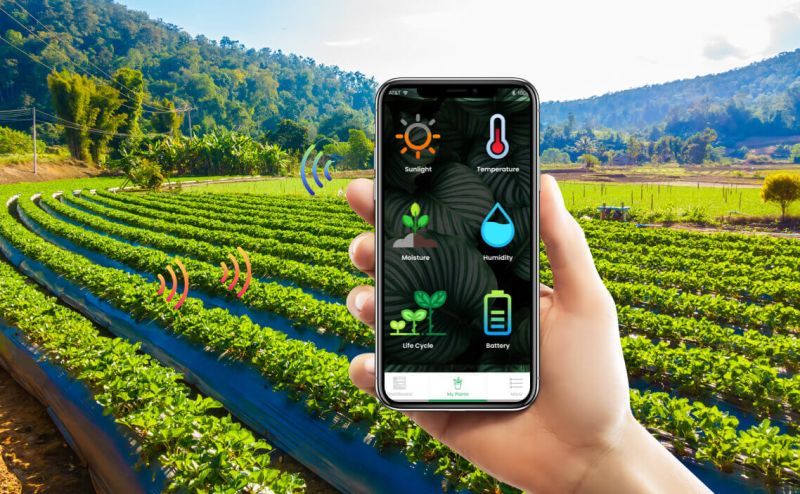Selecting the appropriate location is essential when establishing a weather station. This helps to collect accurate and reliable data.
Weather stations measure various atmospheric parameters such as temperature, humidity, wind speed, wind direction, air pressure, and precipitation. These readings are then used for weather forecasting, climate research, agriculture monitoring, and more. In this article, we will discuss the important factors to think about when choosing the best spot for a weather station.
The best locati0n for a weather station is an open area with minimal obstruction. This makes sure that the instruments can measure wind speed and direction accurately. They do this without interference from buildings, trees, or other large structures.
Obstacles can distort wind measurements and affect the accuracy of temperature and humidity readings. For example, placing a weather station near tall buildings may cause wind turbulence, leading to inaccurate data.
Keeping the weather station away from heat sources is important. This includes air conditioning units, exhaust vents, and other equipment that makes heat. These sources can artificially raise the temperature readings, leading to inaccurate data.
The weather station should be in a shaded area. This is important for temperature sensors. It helps avoid direct sunlight, which can affect the measurements.
Weather stations should be installed at an appropriate height. Putting sensors too close to the ground can cause wrong readings of temperature and humidity. This happens because of ground-level effects, like moisture evaporation.
Placing wind sensors at least 10 feet (3 meters) above the ground is best. This helps avoid interference from obstacles. Also, placing sensors at standard heights, like wind sensors at 10 meters, helps compare data from other stations consistently.
The weather station should be installed on a stable surface or structure to prevent it from swaying or vibrating. This is especially important for instruments that measure wind speed and direction. A sturdy, immovable mounting base will ensure that the data collected is consistent and unaffected by external forces.
Weather stations should be placed in areas that show the general climate of the region. They should not be in areas where temperature or humidity changes are caused by the land or human activity.
Avoiding places near water or thick forests is important.
Ensuring the weather station is accessible for regular maintenance and calibration is important. Stations should be located where technicians can easily reach the instruments. This allows them to check for damage, clean sensors, replace batteries, and make sure all equipment works well.
Accessibility is very important for long-term data accuracy. Weather stations often collect data for months or even years.
In many cases, weather stations must follow specific standards or rules. This is especially true when they are part of a larger network for government or scientific use.
Make sure the station follows national or international guidelines. This includes rules from the World Meteorological Organization (WMO). These guidelines specify the correct height for different sensors, the minimum distance from obstacles, and other important criteria.

Choosing the right location for a weather station is essential for obtaining accurate and reliable atmospheric data. When setting up a station, choose open areas.
Ensure they are kept clear of heat and obstructions. The area should be at the right height and have stable mounting. These are the key factors to consider.
Regular maintenance and compliance with standards are also vital to ensure the longevity and precision of the equipment. By following these guidelines, you can make sure the weather station gives data that is consistent and reliable. This data is useful for many applications, like weather forecasting and agricultural monitoring.
Discover how real-time weather station data impr
Discover how Automatic Weather Stations (AWS) ar
Discover how CODA gas sensors are the invisible
Contact: Molly
Phone: +86-17775769236
Tel: 86-0731-85117089
Email: molly@codasensor.com
Add: Building S5, Aux Square, Yuelu District, Changsha City, Hunan Province, China
We chat